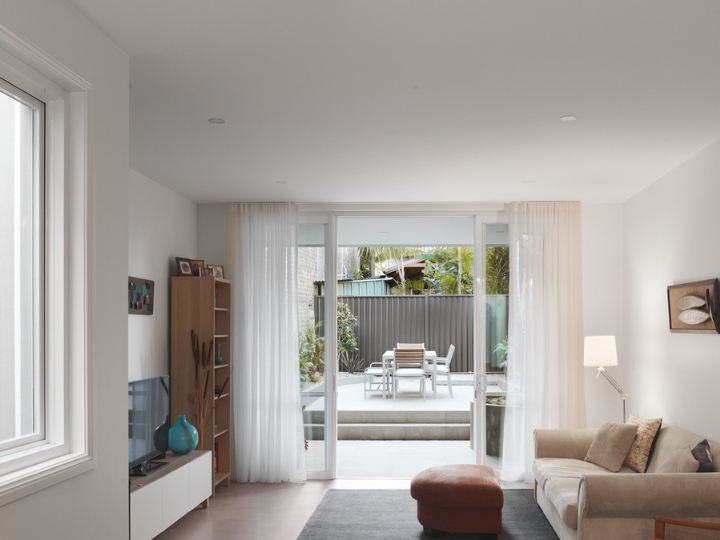You know that feeling when you walk into a room, and the temperature, humidity, and lighting just feel right? Now imagine having that exact level of control — but for science. That’s basically what a Controlled Environment Room does. It’s like the ultimate “Goldilocks zone” for research — not too hot, not too cold, not too anything. Perfect for experiments that need absolute consistency (which, let’s be honest, is pretty much all of them).
So, what’s the big deal about these rooms? Why do researchers talk about them like they’re sacred spaces? Well, because they are. In fields like pharmaceuticals, agriculture, microbiology, and material testing, having a perfectly stable environment can literally make or break the results.
Let’s Set the Scene: Why Control Matters
Imagine you’re growing plants for a crop study. You water them equally, give them the same soil, same seeds… but one day the room gets a little warmer because the HVAC acted up. Suddenly, one set grows faster, another wilts, and your entire dataset is off. That’s where a Controlled Environment Room saves the day.
These rooms are designed to maintain precise temperature, humidity, light, and sometimes even air pressure — 24/7. They’re like the unsung heroes of scientific accuracy. Researchers can tweak environmental conditions down to the decimal, ensuring the results are due to the experiment — not random fluctuations in the room.
And yes, while it might sound a little “sci-fi,” it’s actually a vital part of modern science. Whether it’s testing how medications react to heat or how certain bacteria thrive in different conditions, control is everything.
Okay, But What Exactly Is a Controlled Environment Room?
Think of it as a customizable laboratory ecosystem. A Controlled Environment Room (or CER, because acronyms make us feel more official) is an enclosed space engineered to sustain specific environmental conditions for extended periods.
It’s built with high-tech sensors and automation systems that constantly monitor and adjust settings — temperature, humidity, airflow, even CO₂ levels. And the best part? These rooms can be configured for almost any type of research.
For example:
- Pharmaceutical studies use CERs to simulate long-term drug storage conditions.
- Biological research relies on them for tissue culture, bacterial growth, or stability testing.
- Agricultural studies recreate day/night cycles, seasons, and climates to test crop resilience.
Every detail — down to the type of lighting — can be controlled to mimic real-world environments with scientific precision. It’s like Mother Nature, but on a dial.
A Quick Thought — Isn’t That a Lot of Tech?
Yes, and that’s what makes it fascinating. These rooms combine HVAC precision, digital sensors, and software control in one sleek system. (And honestly, half the time they look like something out of a NASA facility.)
You’ll find advanced monitoring systems that can alert researchers via text or email if conditions change even slightly. There are backup generators, redundant cooling systems, and alarms for temperature or humidity deviations. Because if you’re storing sensitive biological samples or testing pharmaceuticals, even a tiny fluctuation can ruin months of data.
So yes, it’s a lot of tech — but all for the sake of reproducibility, accuracy, and peace of mind.
Real-World Impact: Why Scientists Love These Rooms
Here’s the thing — reproducibility is kind of a big deal in science. If another lab can’t replicate your results, the research doesn’t hold up. That’s why controlled conditions are so critical.
In drug development, for instance, a Controlled Environment Room can simulate how a medication reacts in different climates — hot, humid, or cold. This helps ensure that the drug remains effective no matter where it’s distributed.
In agricultural science, CERs help researchers test how plants respond to drought, high temperatures, or extended daylight. This data directly influences how we grow food in changing climates.
Even in electronics and material testing, maintaining consistent environmental conditions prevents measurement errors and ensures accurate product performance assessments.
In short, these rooms quietly drive innovation — one stable degree at a time.
A Small Aside — The Human Element
Sometimes I wonder if researchers ever just stand in these rooms and marvel at how precise everything is. You know, like when you finally organize your desk and it’s perfectly tidy for 10 minutes? That feeling — multiplied by a thousand.
The funny thing is, behind all the sensors and stainless steel panels, these rooms represent something deeply human: our desire to understand, to control, to push boundaries just a little further. They’re not just spaces; they’re the foundation for breakthroughs.
Challenges (Because Nothing’s Ever That Simple)
Of course, it’s not all smooth sailing. Building and maintaining a Controlled Environment Room is expensive — both upfront and in ongoing operation. You’ve got calibration requirements, energy consumption, maintenance checks… it’s a serious investment.
And yet, the benefits outweigh the costs. Precision comes at a price, but for institutions that depend on reliable research, it’s non-negotiable. Many universities, biotech companies, and testing facilities now consider these rooms standard infrastructure.
Wrapping It Up — Control, Consistency, and Curiosity
At the end of the day, a Controlled Environment Room isn’t just about maintaining the right temperature or humidity. It’s about creating trust in the data — ensuring that what we discover today holds true tomorrow.
It’s a quiet, behind-the-scenes partner in almost every major scientific field, helping us understand the world — one perfectly regulated condition at a time.
And while the idea of “control” might sound rigid or clinical, there’s something poetic about it too. Humans crave understanding, and sometimes that means building a space where nature’s variables sit still long enough for us to learn.
So the next time you read about a groundbreaking new medicine, a crop that survives harsh weather, or a material stronger than steel — just remember, somewhere behind that discovery, there was probably a Controlled Environment Room, humming quietly, keeping everything just right.


